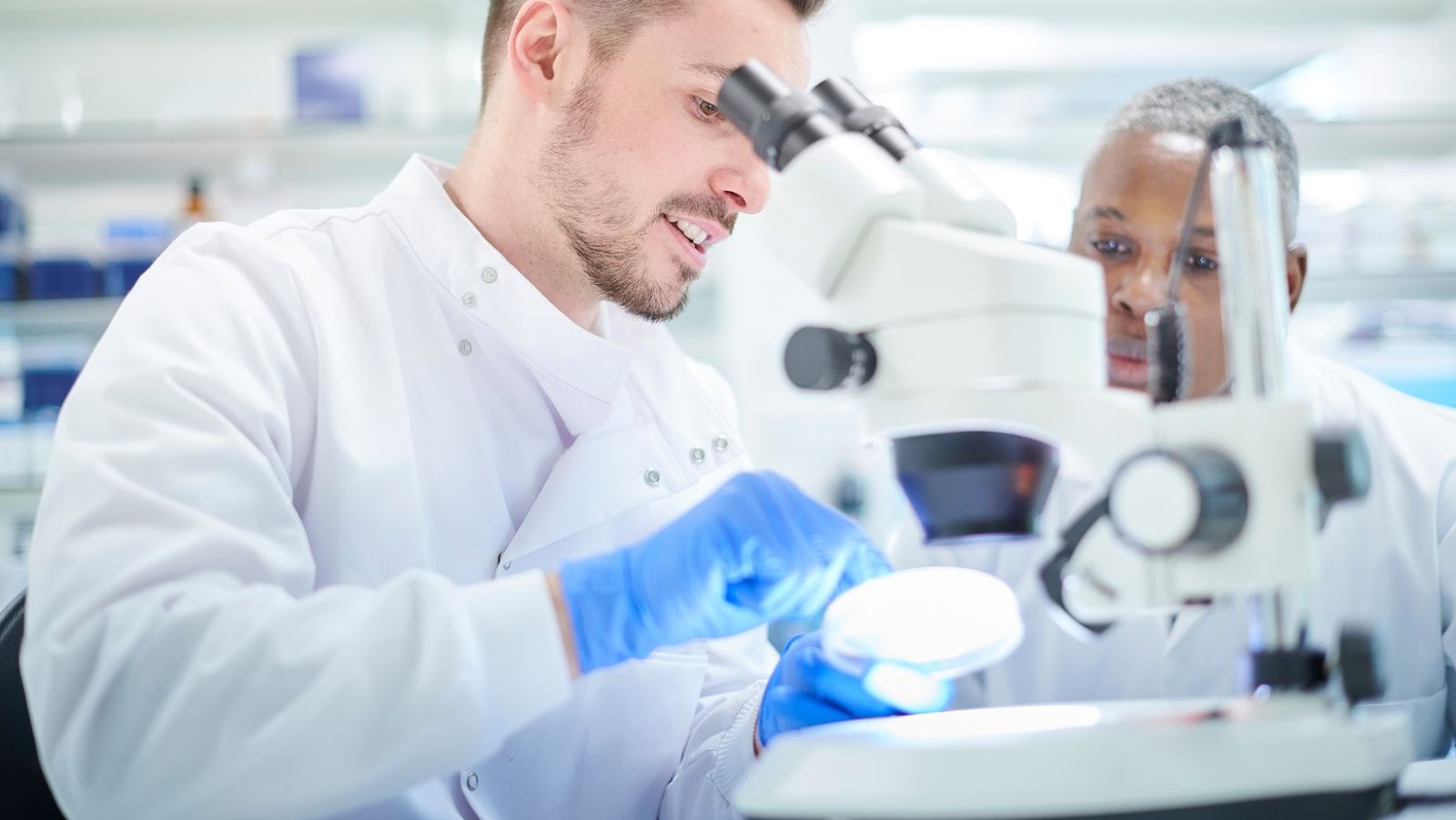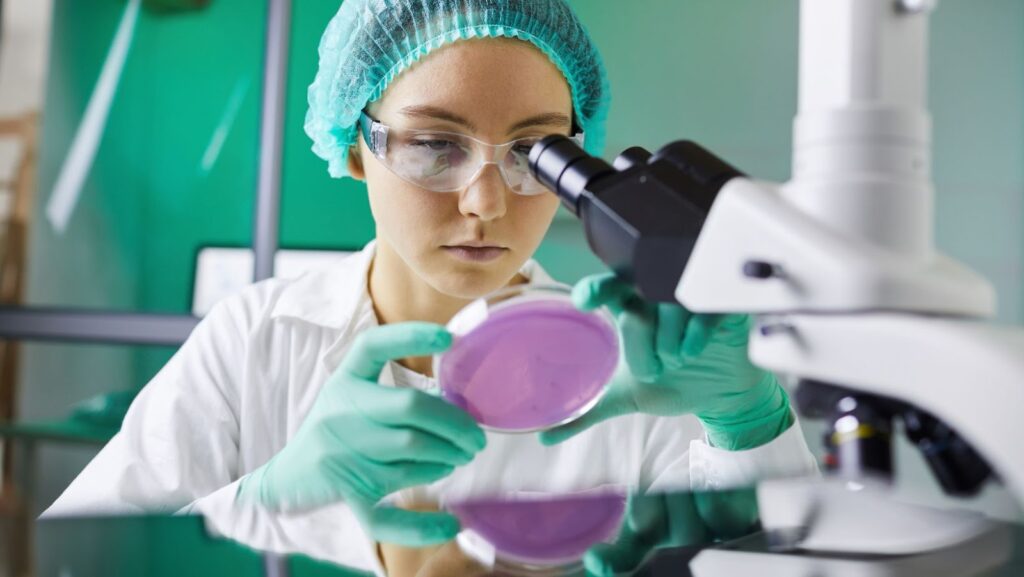Are you concerned about choosing the right pharmacopoeia for your needs? This article will provide you with a detailed comparison between European and Chinese Pharmacopoeias, and recent advances in the field. You will benefit from a deeper understanding of the differences between these two pharmacopoeia to make an informed decision.
Accurate, reproducible and quality-controlled pharmaceuticals are a keystone in patient care and medication safety. Standards set by international pharmacopoeia organizations ensure the quality of medications through established tests to determine the chemical composition, purity, identity and strength of active ingredients used in drugs.
The European Pharmacopeia (EP) is an official European authority prescribing standards for medicines used in countries that are members of the European Union and other parts of Europe. In recent years, Chinese pharmacopoeia has become one of the leading international pharmacopoeia authorities due to its comprehensive nature; it includes guidelines for testing and assessing drugs.
Comparing both pharmacopeias can aid decisions on which drug standards should be used to ensure safe production and consumption of approved medicinal products. This paper will compare European Pharmacopoeia with Chinese Pharmacopeia and present recent advances that have improved control over chemical composition parameters.
Overview of European Pharmacopoeia
The European Pharmacopoeia (EP) is one of the most widely used pharmacopoeia in the world. It is an official compendium published by the Council of Europe that serves as a guide for quality control and ensures safety, efficacy and quality for medicines and other related health products used by humans and animals. The EP’s mission is to provide rules for the evaluation and description of drugs and supporting documents about them. Every year, the EP publishes periodic updates on its advanced pharmaceutical information in various formats, such as monographs and general chapters.
The latest edition of the European Pharmacopoeia was published in February 2019, while its tenth version will be released in 2021. This version includes new monographs covering advanced diagnostic agents, herbal products and biosimilars, and a Guide to Good Manufacturing Practices (GMP) for manufacturers producing human medicines following established quality standards. Additionally, it provides criteria for assessing biotechnological medicines’ safety, efficacy and high-quality production.
The EP monographs typically address physical requirements such as assay methodologies, mono-component tests or bulk density. In contrast, general chapters typically specify more detailed requirements concerning improved techniques or latest developments including genetic data analysis tools or bioassays applied to particular drugs or drug families such as antibiotics or vaccines. Recent advances concerning the EP include specialized articles about modernization efforts in medicinal chemistry assessment (e.g., descriptors for chromatographic fingerprints), bioavailability studies, drug delivery technologies and contaminated excipient definitions (e.g., from vegetable source).
Overview of Chinese Pharmacopoeia
The Chinese Pharmacopoeia is a collection of pharmacopeial and other technical standards, including those for the preparation, testing and evaluation of medicines, primarily published by the Chinese Pharmacopoeia Commission. It is one of two major pharmacopoeia standards in circulation worldwide, the other being European Pharmacopoeia by which it is often compared.
The Chinese Pharmacopoeia contains many monographs related to synthesis, testing methods, quality control and registration systems. It also contains general monographs such as medicinal plants and natural products. In addition to these topics it houses active ingredient monographs. Furthermore, the Chinese Pharmacopoeia sets parameters such as an identity test for species identification; analytical methods for determination of chemical composition; impurity limits; physical characteristics; microbial limit tests; storage requirements and shelf life determination similar to European patient-focused criteria.
In recent years there have been advances in Chinese Pharmacopoeia specifications that pushes closer to standards defined in the European Pharmacopoeia (EP). As China continues to advance in terms of international harmonization efforts focused on drug quality analysis it has become apparent that specifications set forth under these pharmacopeias share numerous similarities. For instance, superiority thresholds associated with HPLC align with corresponding EP mimicking an accuracy threshold informed by current Good Manufacturing Practice (GMP).

Comparison Between European Pharmacopoeia and Chinese Pharmacopoeia and recent advances
When selecting the right pharmacopoeia for your needs, there are two main options – European Pharmacopoeia (EP) and Chinese Pharmacopoeia (CP). Therefore, it’s important to become familiar with these two sets of standards to make an informed decision when selecting the best fit.
The EP is the pharmacopoeia used in most European countries, while CP is applied within China. Both standards employ a systematic approach to ensure safety and quality control when drugs, medical products, and food supplements are developed, manufactured, and distributed worldwide.
The EP standardizes quality control processes across Europe. It contains parameters for testing medicines and pharmaceutical ingredients according to various production and distribution phases. The EP focuses on the formation of medicines, including processes realized in the different phases: development, production, storage (including stability), sale/dispensing (including packaging), use by patients). European Pharmacopeial Convention members also act as a platform for exchanging information between countries concerning different reasons such as health policies or market decisions.
In contrast, CP focuses on assuring safety and determining effective pharmaceutical agents by analyzing samples according to active components in medicinal products or their effectiveness related tests regarding quality control or research conditions. The latest edition contains general rules applicable no matter their home country or origin and other more specific testing methods for some products requiring special regulations for selling in China. Recent advances made possible by CP include techniques such as total-reflectance infrared spectroscopy (RTIRS), which allow users to easily analyze absorbability rates off chromophoric drug samples without sample destruction.
Both pharmacopoeias contain reference texts detailing standard manufacturing formulas, including topics like injection solutions, syrups & suspensions.
Both EP and CP contain stringent regulations to guarantee controlled quality when producing medicines for distribution throughout Europe & Asian markets respectively. Whether searching online resources or consulting experts, each interested party can find references that refer directly towards requirements set forth by both sets of standards when deciding which will better suit their needs.
Recent Advances in European Pharmacopoeia
The European Pharmacopoeia (Ph. Eur.) is the official pharmaceutical compendium of the European Union, providing standards for the quality, safety and efficacy of drugs produced within the EU. It simplifies drug development by providing harmonized guidelines that allow manufacturers to use a single guideline across Europe and other countries that adopt it.
The Ph. Eur. is regularly updated to incorporate recent advances in science and medicine. For example, recent developments have been in detecting impurities in active pharmaceutical ingredients (API), new monographs recognizing holistic treatments, unique technical guidance linking medicines to medical devices, and better regulations promoting pharmacovigilance in Europe. Additionally, new materials related to formulations research are made available with an increased focus on biomolecules and drugs derived from natural sources that often present complex chemistry profiles or exhibit similar biological effects such as opioids or cannabinoids originating from plants or fungi. Incorporating these natural-based materials into standards has been necessary due to significant growth in herbal remedies worldwide, which has driven a need for greater transparency around their usage and quality expectations including those related to their therapeutic efficacy, safety profile, harm reduction potential etc.
The Ph Eur also seeks to strengthen its collaboration with other global organizations such as emphasizing broader access for citizens across Europe via mutual recognition agreements for medicine registration processes that span multiple countries as part of strengthening global enforcement capabilities when it comes to counterfeit activities or shortages associated with particular drugs from specific territories. As part of these efforts, streamlining internet marketplaces toward taking into account counterfeits under medicinal law within each country which is made possible via the implementation of precise rules sets through centralized internationally aligned bodies can ensure improved international cooperation toward effective cross-border countermeasures against counterfeit activities whilst maintaining a high level of confidence towards legitimate trade within regulated markets by creating an environment where harmonized information is gathered and published according to mutually agreed terms among its member states on regulated matters pertaining medical products intersecting various sectors including healthcare systems via centralized policies applicable between states allowing them additional flexibility when responding quickly during periods requiring urgent action by efficiently coordinating amongst significant number of participants through trusted communication channels hence increasing confidence amongst providers while prioritizing patient safety first.

Recent Advances in Chinese Pharmacopoeia
The Chinese Pharmacopoeia (CP) has undergone tremendous changes as China’s pharmaceutical industry has evolved in quality and manufacturing. In recent years, major advances have been made ranging from new and updated quality standards, an updated testing system, improved drug labeling, new active pharmaceutical ingredients (API) standards, and most importantly greater collaboration between international regulatory authorities.
The CP is now compatible with that of the European Pharmacopoeia (EP) to a large extent because most active pharmaceutical ingredients used in drugs produced in Europe are manufactured in China. This compatibility has enabled increased traceability and control of drug supply chains between Europe and China. The CP also includes safety guidelines for medicines manufactured outside of Europe to ensure the same level of quality applicable to drugs from the European market. In addition, it recognizes – for products that have not yet been introduced into EP– expertise from international sources such as Japanese and American pharmacopeia, as well as Chinese experts who can bring their knowledge on how traditional Chinese medicines are manufactured.
Also incorporated into the CP are up-to-date issues regarding Good Manufacturing Practice (GMP), crystal identification tests, general monographs and general notices related to raw materials or pharmaceuticals production process validation requirements. Moreover, noteworthy progress has been made at the country level to promote the introduction of innovative drugs and foster collaboration between various stakeholders such as clinicians, government agencies and academia through several projects such as Innovation Drug Management & Application System (IDMAS). This system makes possible reliable prediction of therapeutic effects based on clinical evaluation data which helps manufacturers conceive modern products through tailored development approaches based on patient feedback.
Finally an organization known as Shanghai Pharma Advanced Technology Research Institute (SPATRI), founded by local government provides technical support for industries by promoting scientific excellence aiming at improving safety requirements for manufactured drugs such as quality control test results and process validation procedures prior official market entry approvals via sets guidelines specified within The People’s Republic of China Drug Administration Law (PRCDAL).
Conclusion
In conclusion, it is essential to choose the right pharmacopoeia as it has implications on product safety, money spent, and export. European Pharmacopoeia and Chinese Pharmacopoeia offer different approaches to evaluate a medicinal product’s quality with varied risk-based specifications.
In the last few years, numerous advances in pharmaceutical-based sciences have benefited both pharmacopeias, such as implementation of analytical data in the decision-making process for regulatory compliance-related issues. Furthermore, adopting a harmonized approach to cross comparison between both pharmacopeias would create an opportunity for cost savings and increase efficiency in the global market.
Even though each has its unique advantages, both European Pharmacopoeia and Chinese Pharmacopoeia have much to offer pharmaceutical products developers around the world.



More Stories
The Role of Licensing Agreements in Slot Game Production
The Role of User Interface Design in Slot Game Accessibility
Google Ads and Facebook Ads: Maximising Profit on Ad Spend